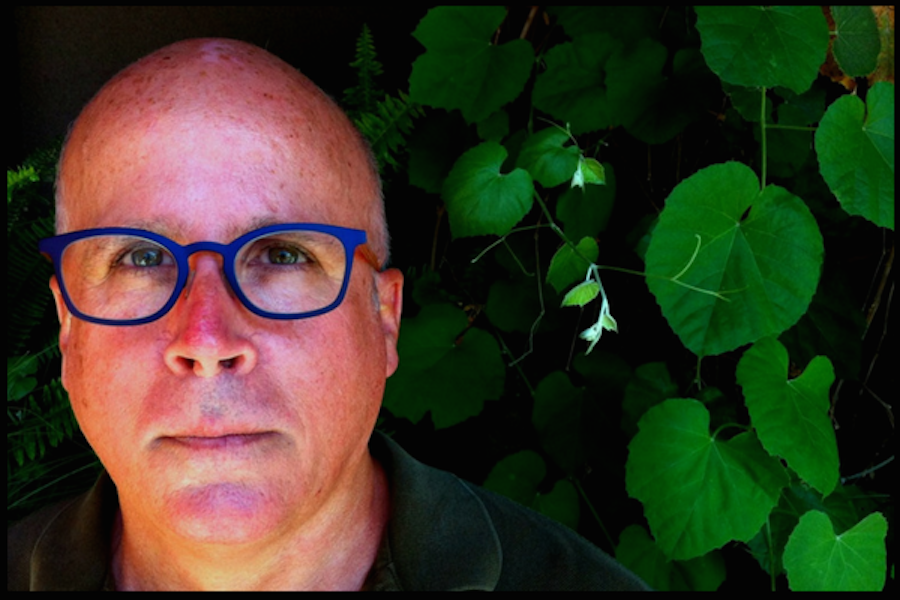I’ve Been Thinking … There is Always Hope

I’m not a crusader, but maybe I should be. Maybe it’s my obligation. Maybe my duty and my payback as the survivor of a suicide attempt is not only to take care of myself, but also to devote my energy to eradicating a terrible, preventable scourge.
Kate Spade’s death last week brought the issue to the front pages, although her apparent suicide was only one of at least 120 that occur each day in the United States. Each day. In the time it takes to read this, it’s likely that another American will have taken his or her life. Every year, around 45,000 people (which is as many as live in Altadena, Calif., or Altoona, Pa., and more than fit in Wrigley Field) kill themselves. We can come up with dramatic analogies ad infinitum to put the number in perspective, but nothing has seemed to work in changing the way things are.
A few days after Ms. Spade’s death, fans of chef-adventurer Anthony Bourdain felt a gut punch with the news of his own death by suicide.
Suicides have increased in recent years across a wide swath of demographics. Suicide cares nothing about age, race or gender, and it is immune to the privilege of money and fame. Children kill themselves far more than they used to. So do military members and veterans. A lot of middle-aged white men like me kill themselves.
Sometimes, friends and family members knew about their loved one’s depression, bipolar disorder or other mental struggles. They’ll say they’re devastated, but not surprised. But just as often, the response is utter shock.
“I had no idea there was anything wrong,” they’ll say. “She seemed so happy.”
I was somewhere in the middle. I’d lived with depression my entire adult life but didn’t yet know about my bipolar disorder. My husband and friends had no idea what was building in my pressure cooker of a mind.
Of all the people who died by suicide last week, is any one of those lives more important than another? Of course not. But I believe it would be wrong not to use the heightened attention to the subject — even if it’s only temporary — resulting from Kate Spade’s and Anthony Bourdain’s deaths to remind people of what I learned after I tried to kill myself.
In my second chance, which began when I awoke in the hospital the morning after I took all the pills, I’ve learned a few things. One of them applies to the first group, the people who know they feel bad and might consider suicide as a solution.
I am here to tell you one thing above all: The pain is temporary and there is help for you.
Please, please believe me. There are doctors and therapists, counselors and clergy. There are medicines that won’t turn you into a zombie. Please give yourself time to find what works for you. Give yourself the second chance.
And make a safety plan. It’s a simple form on which you write down the suicide warning signs unique to you, as well as your coping strategies. Seeing them on paper can remind you that you have coped with your struggles many times before — the proof is your very existence — which means you can do it again. Remind yourself that you have the strength.
Also on your safety plan, you’ll list several people you can call if you ever feel desperate. I keep my safety plan on my phone. I look at it now and then, not because I’ve felt like harming myself but as reassurance that if that day should come, I’ll be armed with a strong defense.
Another life lesson — I use the term literally — applies more to those who don’t know about their loved one’s torment. If we remove the stigma of mental illness, and if we learn to feel as comfortable talking with our friends about depression and suicide as we are about our urinary tract infections and colonoscopies, then it will be far easier for our spouses, children and friends to come to us and say, “I hurt. Can you help me?”
How many of us use the suicide of a celebrity, a child who was bullied or a veteran with PTSD to prompt a conversation at the dinner table? Probably not many. How many of us looked up from the TV screen last week after a story about Kate Spade or Anthony Bourdain and said, “So sad. Can you imagine feeling so bad that you’d consider taking your life?” Or, “I’ve felt like that sometimes.”
If a loved one said that to you, what would you do? You wouldn’t be alone if it made you uncomfortable, but we must change that. Unless we can get past the discomfort that discussions of mental illness bring about, those 120 people will keep dying every day, and they’ll become another 45,000.
Just as suicide is one of the most selfish acts there is, I can’t deny that the way I live my life now is selfish. Taking care of myself has to be my priority. But with my meds and a ton of good therapy under my belt it’s now more a matter of preventive mental maintenance than anything else. The suicide impulse still appears in difficult moments because it’s part of my circuitry, but I’m equipped now to shoo it away. I handle things a lot better now than I did on that terrible day in 2012.
Maybe this is my crusade after all, because if anybody knows that there’s another way past the pain, I do. Now I do.
“There’s another way” is a hard thing to accept in that most painful of moments, but maybe if we repeat it enough the notion will take root, and people can draw from it when they need it most.
If you live with depression or bipolar disorder, or if you have had thoughts of suicide, make a safety plan. And put the National Suicide Prevention Lifeline’s number (800-273-TALK) in your phone so it’s there when you need it. And talk to your family and friends.
If someone wants to talk about their struggle, listen. You don’t have to have all the answers. You don’t have to have any answer except this one: “There is help and we’ll find it.”
 About the Author: Clay Russell is a writer, raconteur, news junkie, world traveler and husband. He prides himself on his non-linear life path. He has been a professional chef, shoe salesman and private investigator, and he spent seven years deep in California state government. Clay lives with his husband and two cats in rural Mississippi, where he gardens and swats mosquitoes.
About the Author: Clay Russell is a writer, raconteur, news junkie, world traveler and husband. He prides himself on his non-linear life path. He has been a professional chef, shoe salesman and private investigator, and he spent seven years deep in California state government. Clay lives with his husband and two cats in rural Mississippi, where he gardens and swats mosquitoes.
This essay was featured in the June 10th edition of The Sunday Paper, Maria Shriver’s free weekly newsletter for people with passion and purpose. To get inspiring and informative content like this piece delivered straight to your inbox each Sunday morning, click here to subscribe.
READ MORE STORIES THAT MOVE HUMANITY FORWARD
READ MORE STORIES THAT MOVE HUMANITY FORWARD
SIGN UP FOR MARIA’S SUNDAY PAPER


